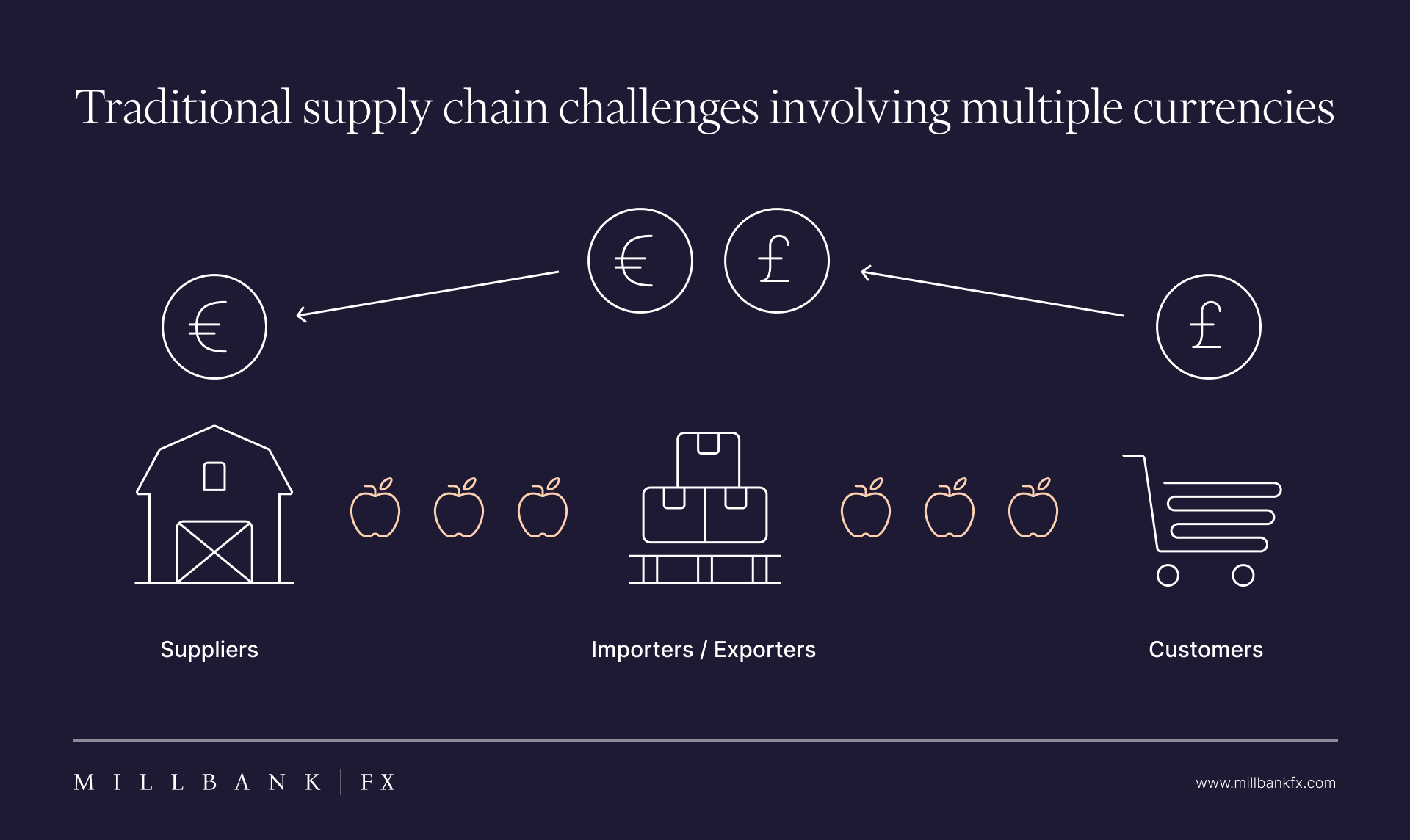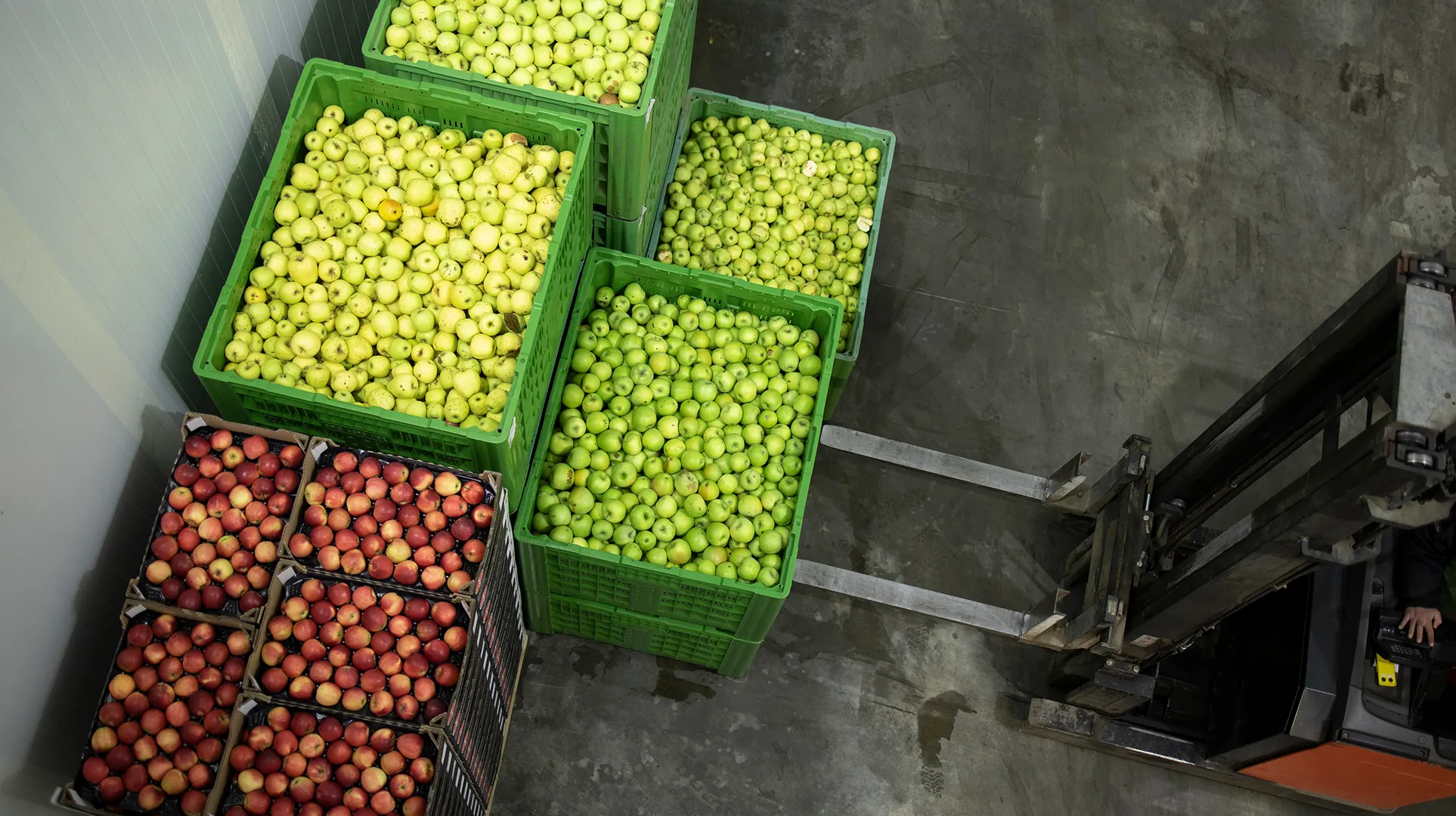Introduction: The Role of Natural Hedging in the Food Sector
The food sector faces several unique challenges when managing foreign exchange (FX) risk: perishable inventory, high seasonality, fluctuating global commodity prices, and a web of international suppliers and buyers. For finance decision-makers—including CFOs, finance managers, and treasury leads—natural hedging offers a practical, operational risk-reduction approach. This article explores how natural hedging specifically works in the food industry, outlines its advantages and limitations, and offers actionable steps for implementation.

What Is Natural Hedging?
Natural hedging refers to aligning foreign currency inflows and outflows to offset each other, without using financial derivatives. For example, a UK dairy company purchasing milk powder from Europe (paying in EUR) and exporting cheese to Germany (invoiced in EUR) naturally offsets its euro exposure. By matching revenues and costs in the same currency, FX risk is reduced without the need for contractual instruments such as forward contracts or options.
Why Food Businesses Use Natural Hedging
- Simplifies FX management: Reduces the volume of currency conversions.
- Minimises transaction costs: Fewer conversions means fewer bank fees and less exposure to hidden spreads.
- Enhances margin protection: Reduces the impact of currency swings on gross profit, which is critical in a low-margin, price-sensitive sector.
- Aligns with seasonality: Many food contracts are tied to harvest or shipping cycles, allowing natural offsets within periods.
How Natural Hedging Works in Practice
Natural hedging strategies vary depending on the structure and FX profile of the business. Here are some food sector examples:
1. Multi-Currency Procurement and Sales
A UK frozen foods importer buys vegetables from Poland (PLN) and sells them to supermarkets in Finland (receiving EUR). By negotiating to purchase in EUR (where possible) and selling in EUR, the company aligns inflows and outflows and keeps its FX exposure closely matched.
2. Diversifying Customer and Supplier Base by Currency
Suppose a beverage manufacturer sources oranges from both Spain and South Africa (EUR and ZAR). Restructuring supply agreements so that raw material purchases are weighted toward the currencies matching their export markets (e.g., selling in ZAR to partners in South Africa) creates natural offsets, smoothing P&L volatility caused by sudden currency shifts.
3. Internal Re-Invoicing Structures
Larger, multinational food groups may use regional treasury centres to internalise currency flows, re-invoicing transactions within the company in matching currencies to compress net exposures. This approach makes reporting and accounting for currency risk more transparent but requires careful coordination between subsidiaries and treasury departments.

Advantages of Natural Hedging for the Food Industry
- No Derivative Costs: No requirement to purchase financial hedging products (such as forwards or options), so cost is minimal other than administrative adjustments.
- Lower Operational Complexity: FX settlements are reduced, minimising workflow disruptions.
- Supports Cash Flow Predictability: Useful when managing perishable stock subject to tight payment cycles.
- Regulatory Simplicity: Avoids the reporting and accounting complexity tied to derivatives.
Limitations and Risks of Natural Hedging
Natural hedging is not a complete shield. CFOs in the food sector should be aware of these limitations:
- Imperfect Offsets: Rarely do inflows and outflows perfectly match in amount, timing, or currency—there’s usually a net exposure.
- Market Dynamics: Customer and supplier preferences may restrict ability to invoice in non-local currency.
- Operational Constraints: Limited flexibility in supply chain diversification, especially when dealing with perishable goods and urgent shipments.
- Strategic Trade-offs: Sometimes commercial terms (e.g., better price for paying in local currency) outweigh FX alignment benefits.
For these reasons, food businesses often combine natural hedging with financial hedging (like forward contracts, which are binding derivatives and may require collateral if rates move against you) to address residual risk.
Key Considerations for Food Sector Finance Teams
- Mapping Currency Flows: Audit all foreign-currency inflows and outflows across sales, procurement, and logistics.
- Renegotiating Contracts: Where possible, standardise on a shared currency with key counterparties to enhance offset potential.
- Monitoring Seasonality: Adjust FX management routines to reflect seasonal peaks—e.g., harvest or holiday periods.
- Periodic Reassessment: Review net exposures regularly as product mix, markets, and supply chains evolve.
- Collaboration with Treasury: Finance and operational teams should coordinate to ensure natural hedging is incorporated into wider risk management policy.
Practical Steps to Enhance Natural Hedging in Your Food Business
- Identify the currencies with the greatest net exposure risk.
- Engage with buyers and suppliers: Discuss currency invoicing flexibility at next contract revision.
- Where possible, match currency terms in payables and receivables.
- Align physical and contractual supply chains to sales flows—e.g., serve export markets from matching-currency suppliers.
- Establish robust reporting (monthly or quarterly reviews) to track offsets versus exposures.
Technological Tools for Supporting Natural Hedging
Food-sector businesses can benefit from modern treasury software, ERP modules, or industry-specific FX platforms to:
- Automate cash flow forecasting by currency and region.
- Provide real-time dashboards of matched and net exposures.
- Generate alerts for imbalances that may require market hedging with derivatives.
How Millbank FX Can Help
At Millbank FX, we assist UK food businesses to optimise their FX risk framework—beginning with identifying natural hedging opportunities and calibrating them with suitable market instruments when necessary. Our team works with clients to reduce currency conversion costs, simplify global payments, and manage seasonality-driven risks effectively.
Summary
Natural hedging offers food sector finance leaders a cost-efficient, operationally-aligned approach to FX risk management. While it is not foolproof and should be supported by active monitoring and, occasionally, market hedging with forwards or options, it can simplify workflows and safeguard profit margins in a volatile global market. For tailored advice and to implement best-practice FX strategies, connect with your Millbank dealer or explore our FX Insights hub.




